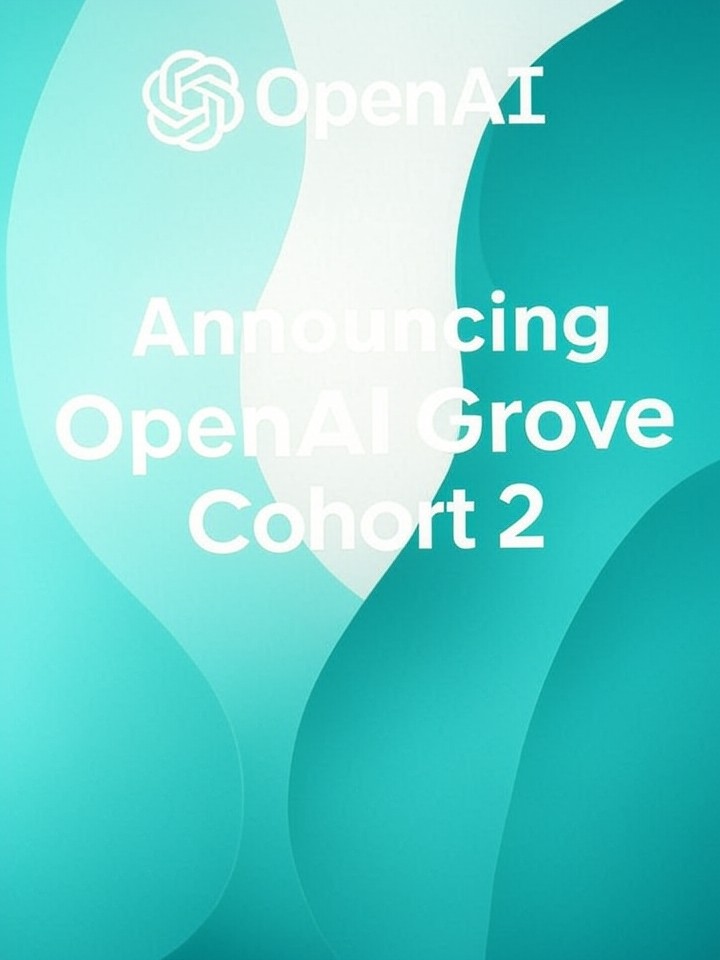Astronomy and Nagarkot Observatory
An astronomical observatory is essentially a multi-story building with a telescope installed at the top. All necessary precautions are taken to safeguard the telescope, which is an optical instrument designed to collect light from distant celestial objects and produce clear, magnified images. Given its fragile and expensive nature, a telescope must be handled with care.
The main goals of studying astronomy and astrophysics include teaching, research, and data analysis. However, in Nepal, the field seems predominantly focused on teaching, with most astrophysics professionals engaged in educational roles. This focus is likely due to the lack of advanced research centers in the country.
In this challenging context, the Nagarkot Observatory in Nepal offers some relief to aspiring astrophysics researchers. Although modern technology has led to the development of much larger telescopes housed in renowned observatories worldwide, the telescope at Nagarkot Observatory still provides substantial benefits to Nepali researchers working in observational astronomy, specifically optical astronomy.
Nagarkot Observatory is managed by the B.P. Koirala Memorial Observatory and Science Museum Development Board under the Ministry of Science and Technology Nepal. Located 32 km east of the capital city in Nagarkot, it sits at coordinates 27°41’60” north latitude and 85°31’0″ east longitude. The observatory’s high altitude, clear skies, low population density, and quiet environment make it an ideal location. It is the only observatory in Nepal used to capture data and images of celestial objects such as galaxies, stars, moons, planets, meteors, and eclipses.
The observatory features a two-story building with a Meade 16-inch LX200GPS Schmidt-Cassegrain telescope. This sophisticated telescope operates automatically based on instructions provided through a computer. With remote sensing technology, users can control all its features from the comfort of their living rooms.
Nagarkot Observatory offers fellowships to deserving students in the field of observational astrophysics. Since its establishment, many students have received financial and technical aid. At the observatory, students learn how to handle the telescope and capture data on celestial objects. It serves as a platform for gaining the technological knowledge essential for observational astronomy.
The FITs images captured by the telescope are processed using software like ALADIN and analyzed with other tools such as Origin, Mathematica, and Matlab, depending on the researcher’s interest. Finally, research results can be compiled into PDF documents using software like LaTeX.











thank you sir for the good information .